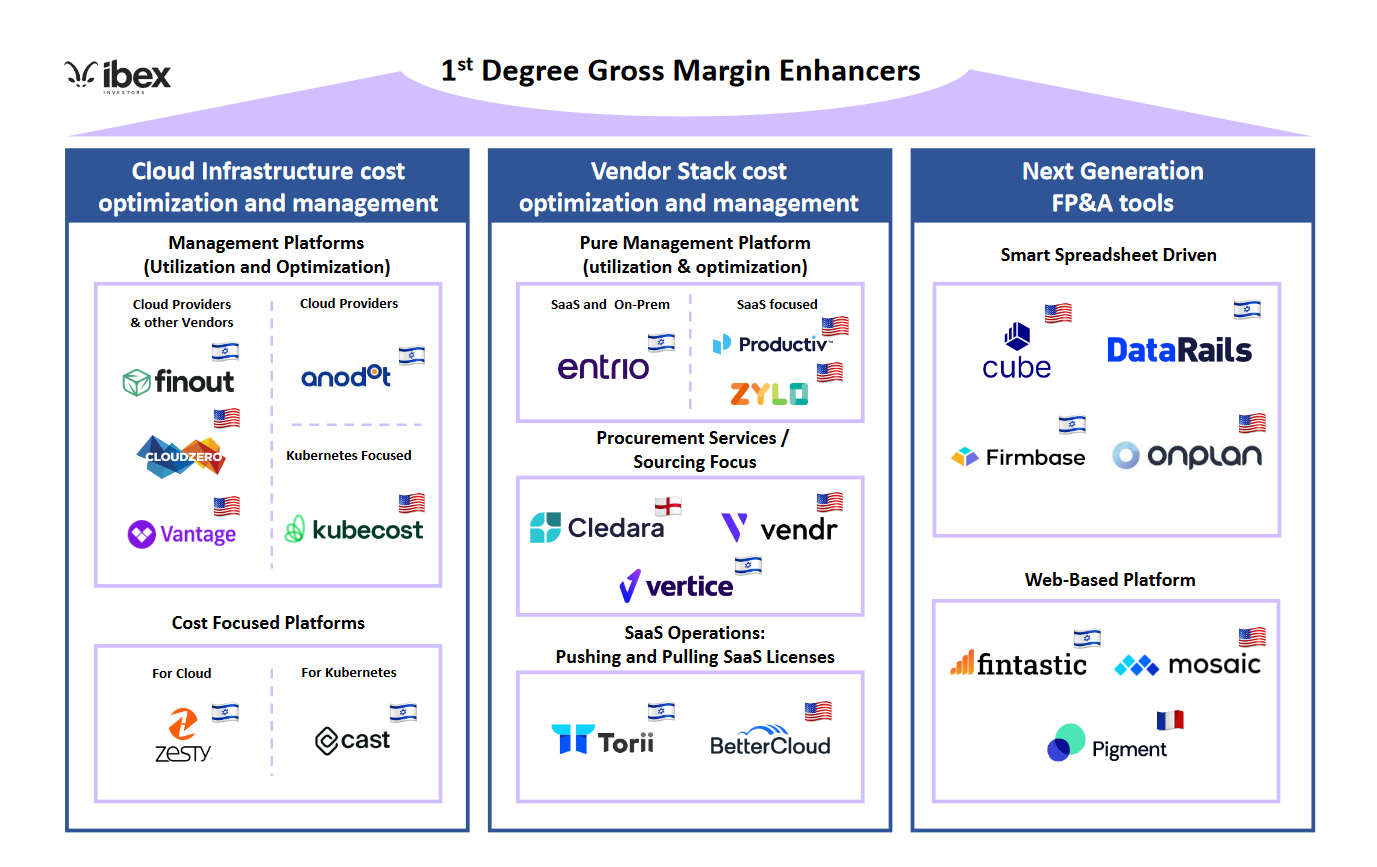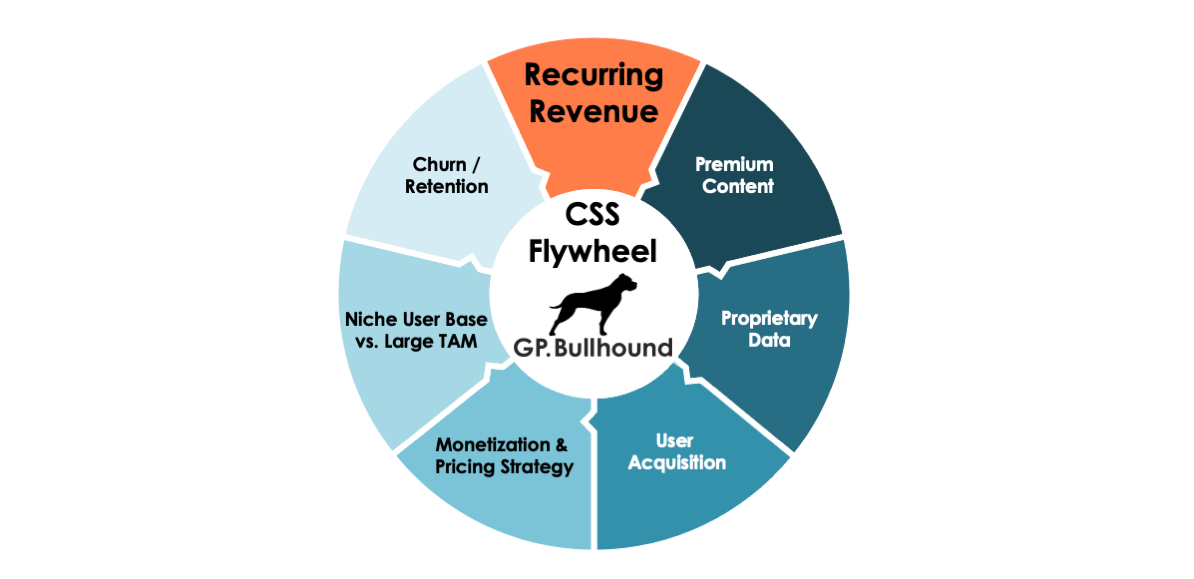As healthcare becomes more entrenched in the digital revolution, the need for an approved set of protocols for care delivery — clinical pathways — is becoming increasingly critical.
Clinical pathways, as defined by the Children’s Hospital of Philadelphia, are the “standardization of care that translates guidelines and/or evidence into localized infrastructure and processes.” These processes have significant financial implications, as they can decrease payer (insurance) denials, allow providers to enroll in performance-based reimbursement, or help resource-constrained provider systems better allocate financial resources.
These financial benefits, coupled with current macroeconomic forces — the struggle for profitability in hospital systems, the rise of team-based care (via non-physicians), the challenges of utilization management at scale for insurance companies, and strict legislation around patient communication and healthcare systems interoperability requirements — have paved the way for pathways to become the de facto operating system for healthcare.
Pathways provide a currency for patients, providers, payers, and technology companies to prove a return on investment (ROI), both clinically and financially. Ultimately, this has created a unique opportunity for emerging and legacy healthcare companies to build around pathways, leveraging new datasets, delivering novel reimbursement models, preparing for and complying with new transparency and interoperability legislation, and utilizing advanced AI to provide personalized understanding and delivery of information.
Data is the driver of pathway’s success in clinical and operational settings
In the past, national guidelines dictated decisions made all the way down to the local level. Now, local, and even personalized, evidence-based pathways are driving decisions, thanks to the ability to access, create, and analyze new datasets.
Access to data, standardization of data rights, and the utilization of HIPAA-compliant collaboration tools, such as Datavant, will continue to improve compliance and create a more democratized, fine-tuned system of analysis for personalized pathways. The Centers for Medicare & Medicaid Services (CMS), under advisement from several healthcare companies, is now implementing an approved format for hospital charges as single machine readable files (MRFs), which will be leveraged to standardize all charge information.
With the ability to access, create and analyze new datasets, personalized, evidence-based pathways are driving more healthcare decisions.
This will allow both large (national) and small (local) providers to access previously unavailable data that can then be used to enhance care coordination and delivery, promote quality improvement, advance research, and increase ROI.
We spoke with Eric Leroux and Dan Imler, emergency department MDs and the co-founders of clinical pathways startup Curbside, about the ability to utilize new data models in the transition from the national to the local level for clinical logic creation. They pointed out that while nationalized datasets have a role to play in insight generation, “the clinical and financial responsibility of point-of-care decision making is still inherently local . . . decisions must be governed there to have any real impact,” especially in value-based care constructs.
As more companies like Curbside and AvoMD work to bridge the gap between art (no guidelines) and science (NCCN guidelines) when creating pathways, we expect more investment in startups that focus on the intersection of digital health and fintech as evidenced-based pathways and localized reimbursement engines become more necessary.
Reimbursement models
Pathways have evolved as a “cornerstone of future reimbursement methodologies and quality efforts,” as described by Dr. Robin Zon in ASCO Connection. They can help providers avoid “time-consuming prior authorization and appeals with payers,” and capture “stage and molecular data for a more refined risk adjustment.” Today, clinical pathways can be used for reimbursement via a number of models, from value-based care (VBC) to legacy fee-for-service (FFS).
For example, CMS uses clinical pathways to create a benchmark for cost and quality in the Medicare Shared Savings Program (MSSP). Providers who can provide care at a lower cost than the benchmark and who can meet certain quality standards are eligible for shared savings.





